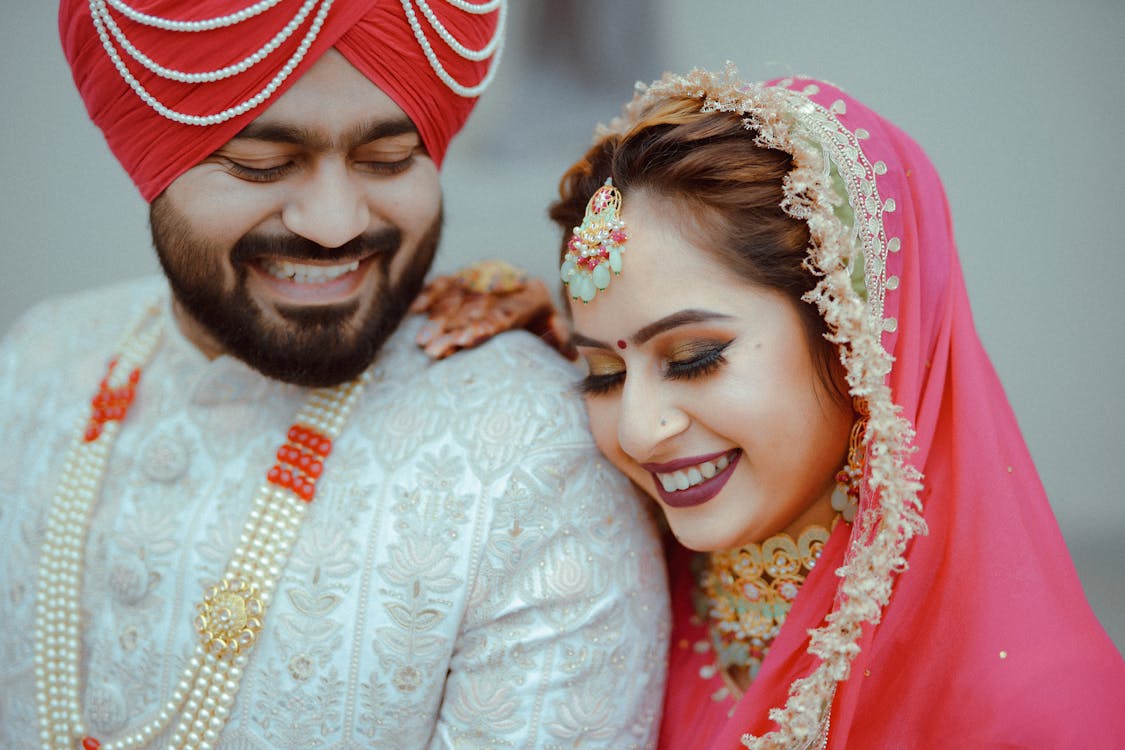Indian weddings are known for their rich traditions and cultural significance. With over 30 distinct cultures within the South Asian region, each celebration brings its own unique qualities and spirit, influenced by the couple's family origin. The ceremonies and rituals can vary based on the region of origin, and Indian weddings often involve multiple days of festivities, reflecting the diverse cultures and religions of India
.

These weddings typically include a variety of intricate ceremonies, such as the painting of the bride's hands and feet with henna, known as mehndi, and the presentation of garlands to guests of honor. The bride's attire, called a Lehenga, is often a long skirt with a matching top and scarf, typically in red or pink with gold. After the ceremony, the bride may change into a different Lehenga
.
Indian weddings are traditionally multi-day affairs and may include ceremonies like the Mehndi (henna application), the Sangeet (a night of singing and dancing), and the Baraat (a procession to the wedding venue). The rituals and traditions hold deep sentimental meaning and are an integral part of the wedding celebration
.
In addition to the cultural and religious aspects, Indian weddings are known for their grandeur and opulence. Lavish weddings are considered aspirational in Indian society and are a significant indicator of status and wealth. These celebrations often involve exotic destinations, high-end venues, elaborate decor, designer outfits, jewelry, and celebrity performances, providing an opportunity for couples to display their identity and lifestyle
.
Overall, Indian weddings are a beautiful blend of tradition, symbolism, and celebration, reflecting the rich cultural heritage of India.






0 Comments